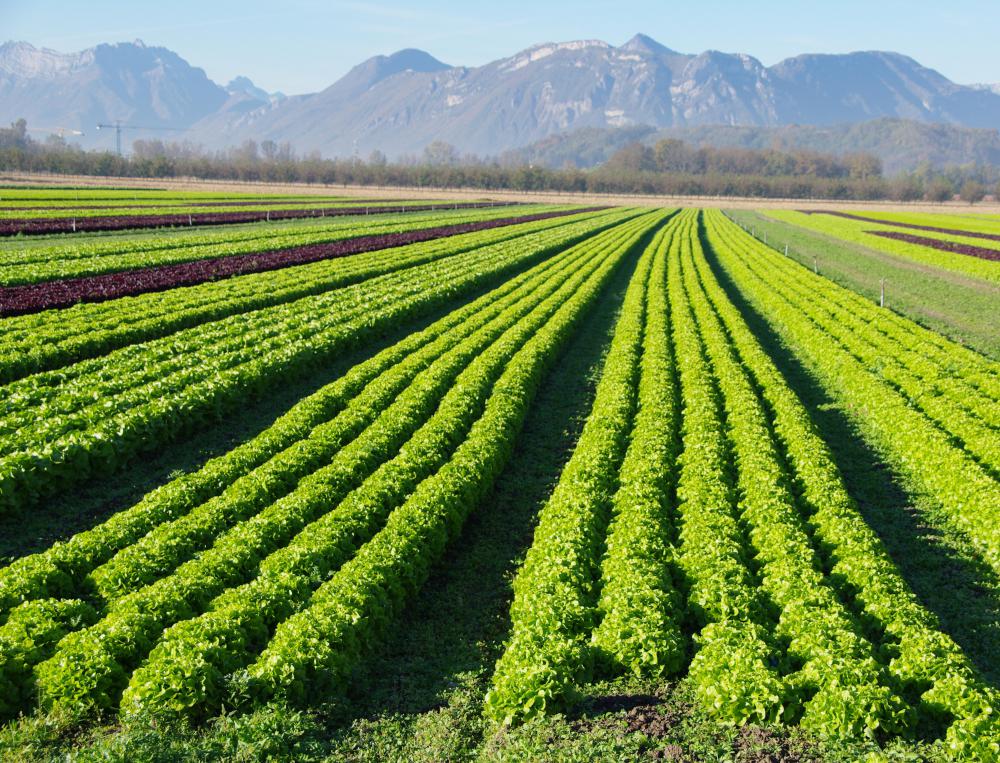Section 1:
Agriculture is the process in which humans convert natural ecosystems into spaces where they can grow edible biomass for food and energy. Without agriculture, we as humans would not be able to survive. With the growing population of humans, we need a system, such as agriculture, that produces enough food to sustain all of the life on this planet. According to English economist Thomas Robert Malthus in the late eighteenth century, the human population grows exponentially while agriculture does not. Humanity’s solution to this problem was industrial agriculture. While this industrious approach to growing food does produce more edible biomass, it is highly unsustainable and poses a major risk to the environment.
Section 2:
The amount of land that can be used for agriculture on earth’s surface depends on a multitude of factors including temperature, topography, climate, soil quality, and agricultural technologies. Currently, as of the year 2000, approximately 37% of the Earth’s land is used for agriculture. Of that 33%, approximately 11% is used for growing crops and the remaining is used as pasture land (raising animals). Certain areas are better suited for farming than others, however technological advancements have helped to level the playing field.
Section 3:
Photosynthesis is the process by which plants convert sunlight and water into plant tissue. In order to do this, plants require carbon dioxide and water. While carbon dioxide is an essential part of photosynthesis, plants require four-hundred times more water than they do carbon dioxide. Therefor, droughts pose major threats to the survival of plants. In addition, plants also require nitrogen to grow which they receive through the soil. Prior to World War I, the most common type of nitrogen-rich fertilizer was livestock manure, however, synthetic solutions have since replaced manure.
Source: Habitable Planet Textbook
Image Source: http://images.wisegeek.com/escarole-farm.jpg

No comments:
Post a Comment